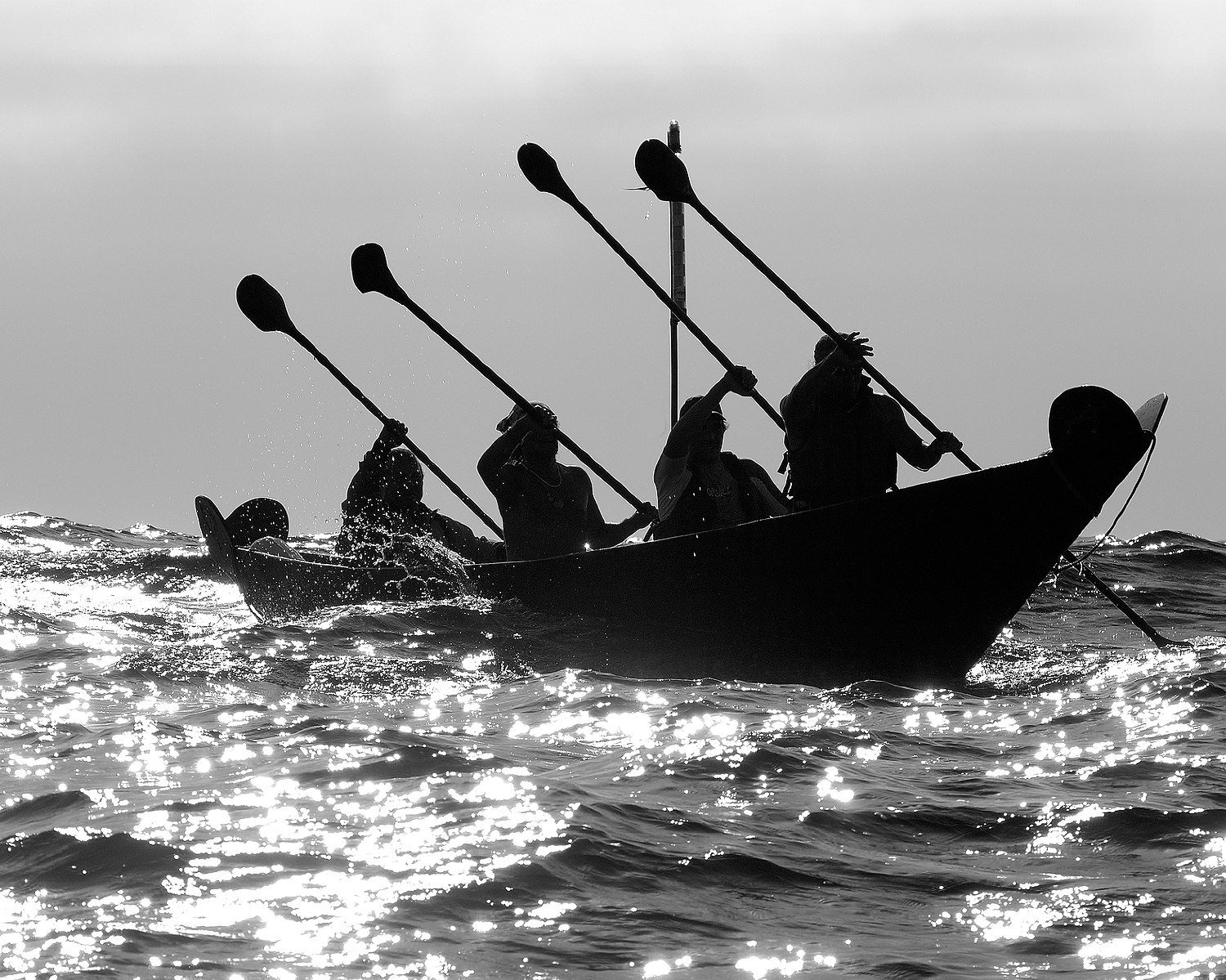November Is Native American Heritage Month
Cultural and Other Contributions Go Ignored

I have wondered for some time why it is that Pride Month, among other months, get so much more attention than Native American Heritage Month, to the point where the latter is a minor blip? Even Canada seems to prefer its LGBT persons to its indigenous persons. I do not see any crosswalks being painted red, yellow, black, and white.
To this day, the massive, yet understated, influence of persons and groups such as Link Wray, Stevie Salas, Charley Patton, Mildred Bailey, Buffy Saint Marie, Randy Castillo, the men of Redbone, and so many more remains largely unknown. The Chumash basically invented modern boat-building, and our own military utilizes tactics that the Apaches had been using for over a century.
I do not see Sony changing its Facebook logo for the month or even making a theme for the occasion. Google is more than happy to place the transgender pride flag on the main page for Transgender Awareness Week, but to this day they have not shown to give an inkling of care about Native American Heritage Month. Electronic Arts contributes to Pride parades, but when it comes to contributions toward American Indian causes, a search displays no results.
According to an article on CNBC, “Google’s overall workforce was 56 percent white, 35 percent Asian, 4 percent Hispanic, 2 percent black and less than 1 percent American Indian or Alaskan Native, and Native Hawaiian or Pacific Islander.” An article on All Digitocracy states that “Native representation in Silicon Valley tech sector [is] not even on the radar.” Even with Black Panther causing audiences to crave diversity, there are still no signs that Native American-focused movies will ever be more than a niche product.
Even Disney, despite their push for diversity, does not seem to care much for the month (or Indigenous Americans). There is no evidence that Brother Bear won’t be the last Native American-centric Disney film (The Lone Ranger doesn’t count). What do they have that celebrates and recognizes them? The Canada Pavilion has some theming to it (e.g., the totem poles), the Mexico pavilion has the Mesoamerican pyramid, bears the Art of Mexico displays, and contains the marketplace, (though it is undercut by fact that Rio Del Tiempo was replaced by The Three Caballeros, and even a Coco ride won’t remedy that completely); Epcot has an art exhibit, and Disneyland Paris has the Pocahontas Indian Village, but the last one is nothing more than a little kids’ play area.
Still, there used to be more than this sparse total. Disneyland in California had The Spirit of Pocahontas and Disney World had Pocahontas and her Forest Friends. The former had the story of Pocahontas creatively told by Werowance (an Algonquian term referring to a leader or commander among the Powhatan confederacy of the Virginia coast and Chesapeake Bay region) while the latter beautifully tied to the Animal Kingdom’s message of conservation.
However, the best way that Disney used to celebrate the First Peoples of America, a way that has not been topped to this day, is Disneyland’s extinct Indian Village. While many would initially think it to just be like the old Western shows, it was something more, something truly special. This attraction served as a land of its own and as a powwow in Anaheim. It was greatly authentic with real Native Americans as cast members. Attendees could buy authentic crafts at the Trading Post or watch dances. It was even built by Native Americans, and quite culturally significant as Chief White Horse himself was the last fluent speaker of the Otoe-Missouria language, so he helped preserve his language. This was no coincidence because Walt Disney was that particular with details.
This Indian says it’s time Disney brought back this attraction. After all, it shows just how forward-thinking Walt Disney himself was. Many would scoff at this notion, seeing such a move as akin to putting Indians on display for entertainment. However, in truth it would be no different than the Epcot pavilions or Animal Kingdom.



